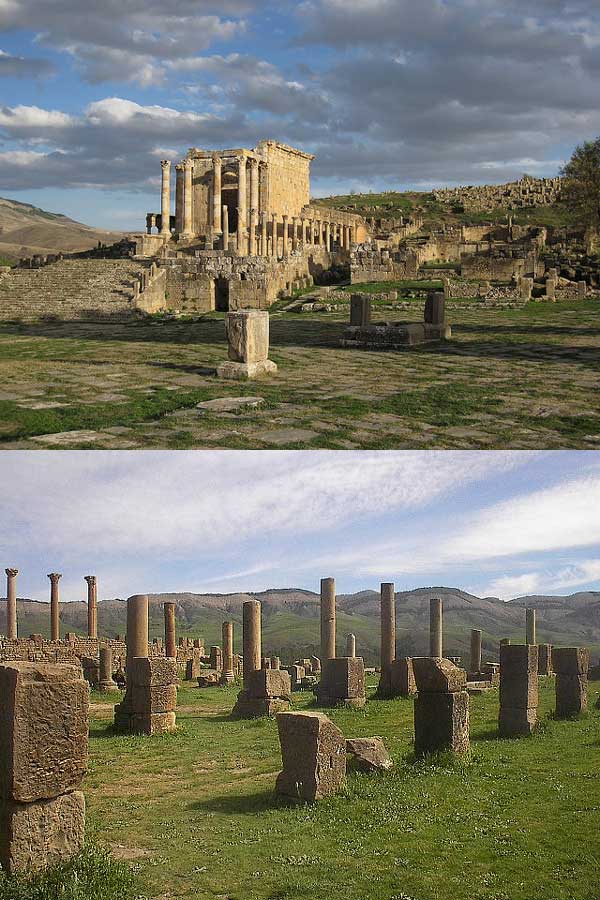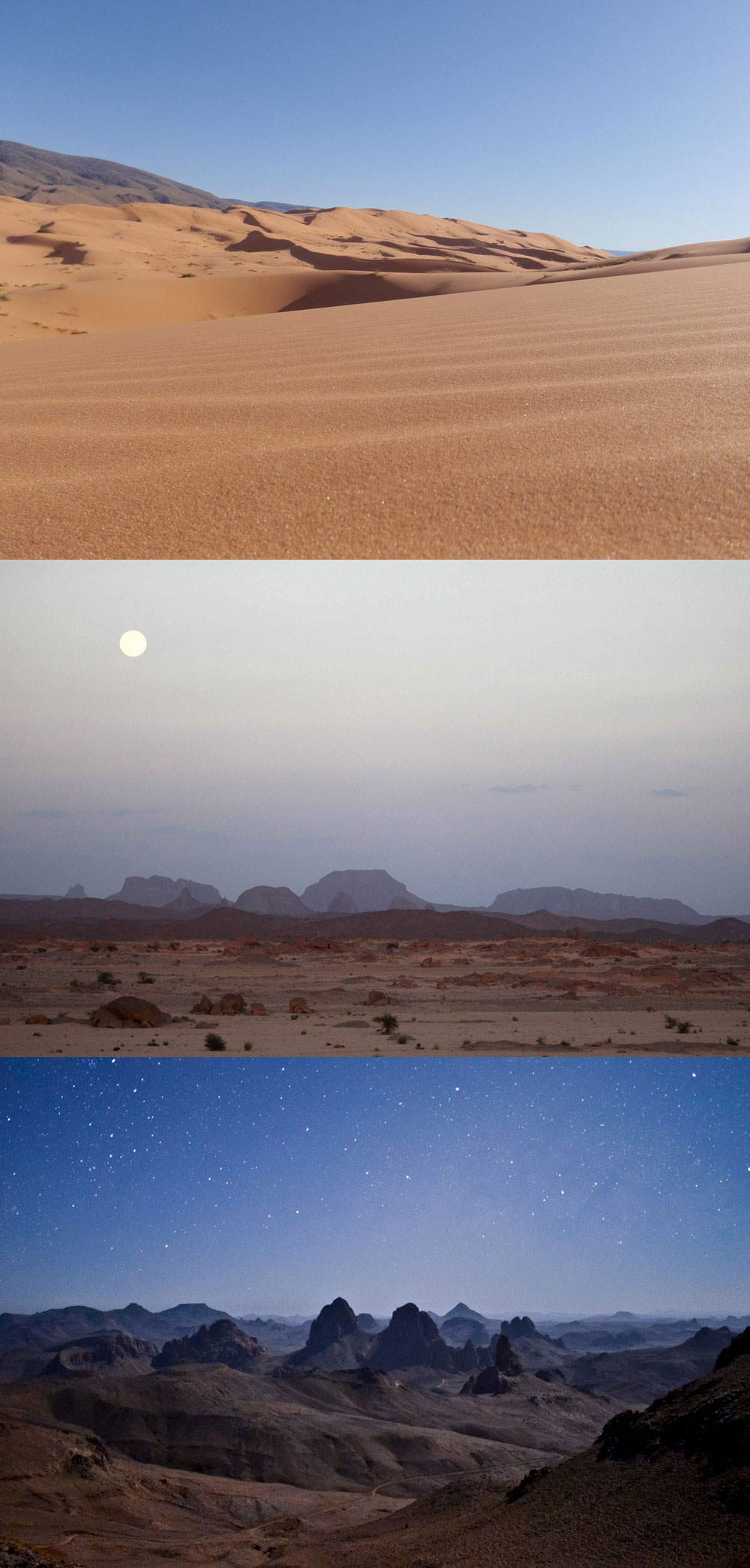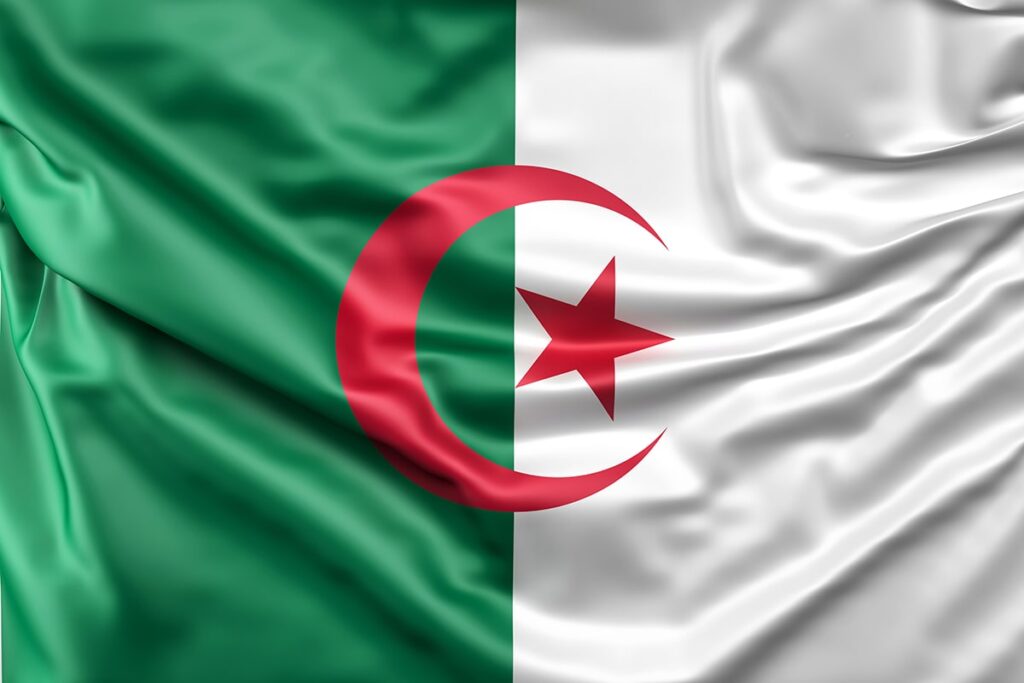1. Residential: The Sahara Desert covers more than 80% of Algeria. More than 90% of the country’s population live on around 12% of the country’s land area on the Mediterranean coast. The remaining 10% live inland – typically concentrated in oases surrounded by desert
2. Size: Algeria is today the largest country in Africa. Before July 9, 2011, when South Sudan became independent and took the title of the world’s newest country, Sudan was the largest country in Africa. Algeria is also the 10th largest country in the world
3. Heat record: The highest ever recorded temperature in Algeria is 51 degrees, which was measured in August 2011
4. Settlers: Since antiquity, Algeria has attracted settlers – Phoenicians, Romans, Arabs, Turks – and in the 19th century, French farmers. The French reorganized Algeria without regard for the local Arabs and Berbers, leading to the Algiers War
5. The Algiers Wars: During the Algiers War (1954 – 1962), Algeria won its independence from colonial power France, which had ruled the country since 1830. Although the exact death toll is disputed, it is estimated that the Algiers War cost around 1.5 million lives in total. After the war, around 1 million French people (the so-called ‘pieds-noirs’) emigrated

Fact: Algeria has long been attractive to various settlers – including Phoenicians, Romans, Arabs, Turks and French. Pictured are Roman ruins in Algeria
6. OL: Algeria has participated in every Summer Olympics since 1964 and has won 5 gold medals (4 x 1500 meters running and 1 x boxing)
7. Nobel Prizes: 2 Algerians have won Nobel Prizes over the years: Albert Camus (literature in 1957) and Claude Cohen-Tannoudji (physics in 1997)
8. Donkey in the Supreme Court: In 2007, an Algerian court had to refer a case about the ownership of a donkey to the Supreme Court; two men in an Algerian market were haggling over the price of a donkey. As the negotiation dragged on, they didn’t notice that the donkey was eating the money the buyer had brought. This made the two men wonder who the donkey belonged to. Since the case could not be decided by the district court, it was forwarded to the Supreme Court
9. Famous Algerians: Famous Algerians include footballer Zinedine Zidane and writer Albert Camus. World-famous designer Yves Saint Laurent was also born in Algeria, but to French parents. Further back in history (in late antiquity), Augustine of Hippo was the most famous theologian of his time. Augustine was born in the Roman city of Tagaste, which is the present-day Souk Ahras in Algeria
10. Export: Petroleum and natural gas have long been the backbone of Algeria’s economy. 95% of the country’s exports today are in these areas. Algeria has the world’s 16th largest oil reserves and 16th largest natural gas reserves

More than 80% of Algeria is covered in desert, but only around 10% of the population lives here – the remaining 90% live on the Mediterranean coast





